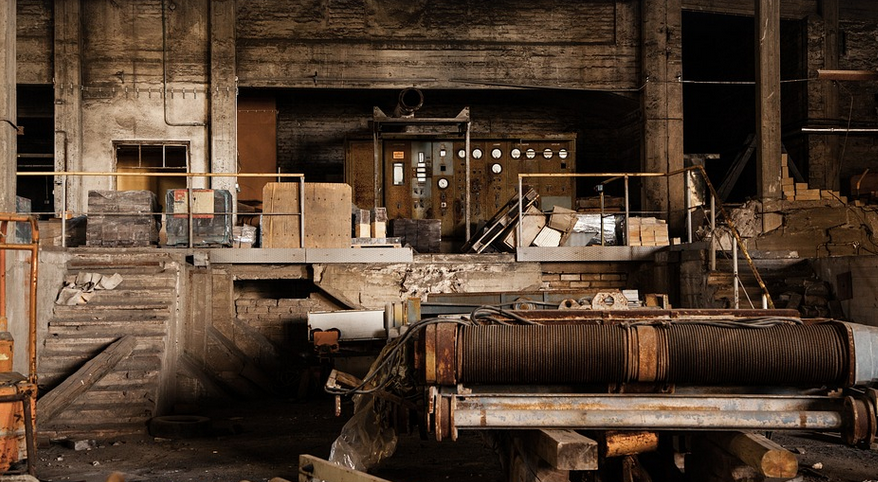Why Stainless Steel is a Unique Material for Soldering
Stainless steel, with its renowned corrosion resistance and durability, has found itself at the heart of countless industrial applications. But when it comes to soldering, this seemingly straightforward material presents unique challenges that demand careful consideration.
Unlike traditional metals like copper or aluminium, stainless steel’s inherent properties—namely the presence of chromium, nickel, and other elements— significantly impact its soldering behavior. The high melting point of stainless steel necessitates a different approach than what you might find with simpler metals. It requires special attention to temperature control, flux selection, and even soldering techniques.
Understanding these complexities is crucial for achieving successful welds on stainless steel components. The following paragraphs delve deeper into the intricacies of soldering stainless steel.
Challenges in Soldering Stainless Steel
Soldering stainless steel presents a unique set of challenges that make it more nuanced than traditional metals. These include:
- High Melting Point: Stainless steel’s high melting point, often exceeding 1400°C, creates a significant hurdle for conventional soldering processes. Soldering flux alone is not sufficient to penetrate the metal and initiate the flow of solder.
- Oxidation Resistance: Stainless steel’s resistance to oxidation demands specific techniques to prevent corrosion during the soldering process. A delicate balance between heat and oxygen needs to be maintained, ensuring that the stainless steel doesn’t oxidize or lose its structural integrity before the solder can bond properly.
- Solderability: The presence of nickel and chromium in stainless steel can significantly hinder conventional solderability. Traditional solders may not readily flow through this metal’s intricate structure, leading to inconsistent welds and poor electrical conductivity.
Flux: A Key Player
While the challenges are real, a well-chosen soldering flux plays a critical role in successful stainless steel soldering. The right flux can act as an intermediary between the metal’s surface and the solder, dissolving oxides and promoting a clean bonding process.
Choosing the correct flux for your project is paramount. Different types of fluxes cater to different needs and applications:
- **Rosin Flux:** A traditional choice, rosin flux offers a balance between cost-effectiveness and performance. It reacts with the metal surface, creating an adhesive that allows solder to flow more easily.
- **Hydrofluoric Acid (HF) Flux:** HF flux boasts exceptional cleaning capabilities and improves solder flow in challenging situations. However, it demands meticulous handling due to its highly corrosive nature.
- **Water-Based Flux:** A safer alternative for those seeking environmentally friendly options. This type of flux uses water instead of HF, reducing potential hazards.
The right choice depends on the specific stainless steel grade and application. For instance, thicker stainless steel layers might require a more robust flux than thinner applications.
Using the correct flux is critical for achieving optimal soldering results. Always test different fluxes to find the most suitable option for your project.
Temperature Control: The Balancing Act
Temperature control is another crucial factor when working with stainless steel. It’s not just about melting the metal; it’s about creating a controlled environment where the solder flows smoothly and thoroughly bonds with the stainless steel.
This involves several considerations:
- **Soldering Iron:** Using the proper soldering iron with adjustable temperature settings is key for working with thick stainless steel sheets. Too high of a heat can cause damage, warping, or even burn-through, while too low will result in inadequate bonding.
- **Heating & Cooling Rate: **The rate at which you heat and cool the metal during soldering affects solder flow. A controlled heating and cooling process is essential for achieving proper conductivity and preventing unwanted side reactions that can lead to poor welding.
Experimentation and understanding the specifics of your project are crucial when calibrating temperature and applying it with precision.
Soldering Techniques for Stainless Steel
Several soldering techniques work effectively on stainless steel, each requiring careful execution:
- **Surface Soldering:** This method involves heating only the area where you need to solder. It’s ideal for small components or intricate designs with precise control over the soldering process.
- **Through-Hole Soldering:** For thicker stainless steel sheets, through-hole soldering allows for direct connection between the metal layers. This technique demands a deeper understanding of solder paste application and precision in applying heat to ensure proper flow.
Choosing the right technique depends on the complexity and size of your project.
The Importance of Practice
Soldering stainless steel requires practice, much like any other skill. Mastering this process involves gaining practical experience to develop a sense for the intricacies of soldering techniques, flux selection, and temperature control.
Consistent experimentation and meticulous attention to detail are key to developing proficiency. As you work with stainless steel more frequently, you’ll gain valuable insights into its unique behavior and find your own optimal workflow.
Conclusion: A Journey of Mastery
Soldering stainless steel presents a captivating challenge, demanding specific knowledge and skills. The process requires a deep understanding of flux selection, temperature control, and soldering techniques. Mastering this art will lead to successful welding on stainless steel, unlocking its potential for various applications. Remember, practice makes perfect, and with dedication and patience, you can unlock the secrets of soldering stainless steel.
